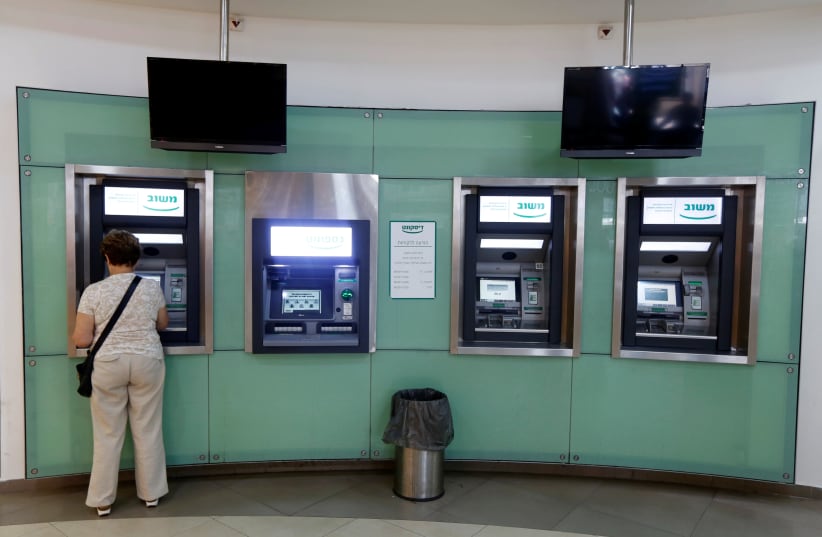A total of 54,000 newly out of work Israelis applied to receive unemployment benefits on Wednesday alone, bringing the total of new claimants since the beginning of March to approximately 234,200.
Some 85% of all new claimants are employees placed on unpaid leave, the Israeli Employment Service said in an update at 5 p.m., resulting primarily from the coronavirus pandemic. The number of new claimants was rising at a pace of 5,000 per hour, with almost half from the Tel Aviv and central Israel regions.
After the Employment Service website crashed due to the high level of traffic, the government body said it had expanded its server capacity to handle increased demand. Manual registration is also possible in Employment Service bureaus.
The highest number of claimants came from roles requiring no specific experience (17,300), followed by teaching and education (14,500), sales (11,700) and hospitality (7,600).
“We are continuing to improve and expand our technological capabilities, and the website of the Employment Service is now accepting tens of thousands of users successfully,” said Employment Service director-general Rami Garor.
“We are aware of the enormous difficulties faced by job-seekers and employers, and we will do everything possible to create solutions for the public during the coronavirus crisis, which is expected to accompany us during the near future.”
Facing soaring demand, the Employment Service emphasized that all those who register for benefits by March 26 will be recognized as though they had registered by March 15.
As financial concerns mount for many citizens during the current crisis, a survey published on Wednesday by Israeli customer experience start-up Lightico highlighted the need for an increased range of digital solutions.
Nearly half (49%) of consumers said they were less likely to take a loan from a bank if it required going to a physical branch, while 56% said they were concerned about their ability to pay back loans in the coming months – including mortgage and car payments.
More than six-in-10 (63%) consumers said they were more inclined to try a new digital application or website than before the coronavirus crisis.
